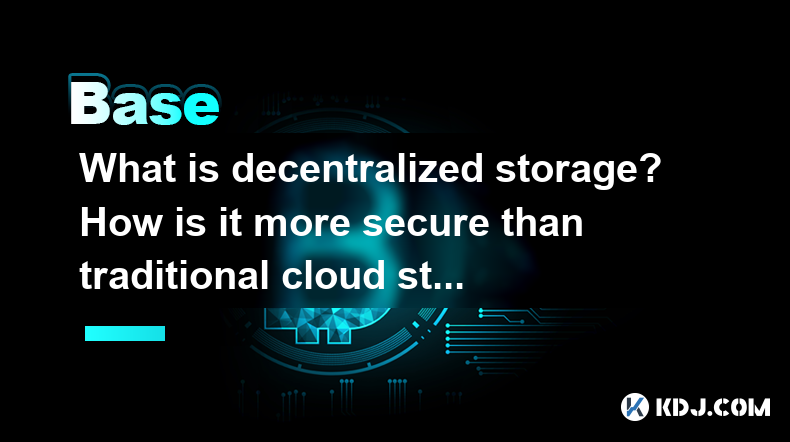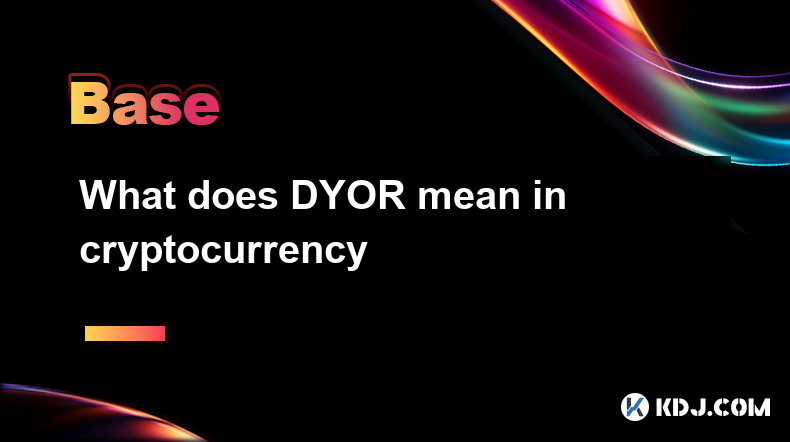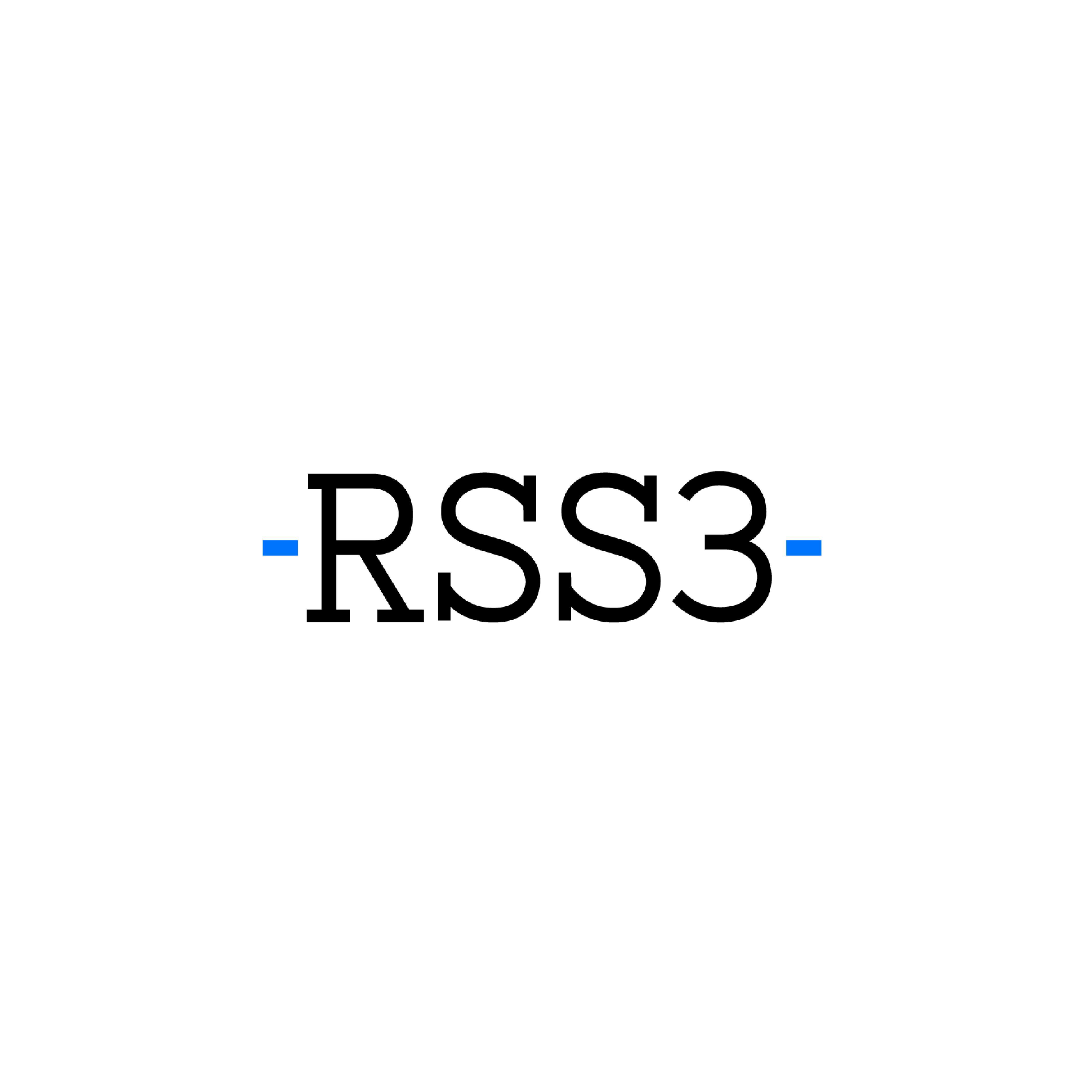-
 Bitcoin
Bitcoin $84,514.1750
0.43% -
 Ethereum
Ethereum $1,592.3644
0.42% -
 Tether USDt
Tether USDt $0.9999
0.02% -
 XRP
XRP $2.0784
-0.80% -
 BNB
BNB $592.3913
0.98% -
 Solana
Solana $134.5627
2.18% -
 USDC
USDC $0.9999
0.00% -
 Dogecoin
Dogecoin $0.1566
0.70% -
 TRON
TRON $0.2435
-1.92% -
 Cardano
Cardano $0.6196
0.09% -
 UNUS SED LEO
UNUS SED LEO $9.1443
0.41% -
 Chainlink
Chainlink $12.6177
1.51% -
 Avalanche
Avalanche $19.1279
-0.07% -
 Toncoin
Toncoin $3.0098
1.82% -
 Stellar
Stellar $0.2440
2.00% -
 Shiba Inu
Shiba Inu $0.0...01208
2.39% -
 Hedera
Hedera $0.1656
3.48% -
 Sui
Sui $2.1327
2.01% -
 Bitcoin Cash
Bitcoin Cash $342.4313
3.75% -
 Polkadot
Polkadot $3.7227
2.67% -
 Litecoin
Litecoin $75.9959
1.54% -
 Hyperliquid
Hyperliquid $16.7886
2.49% -
 Dai
Dai $1.0000
0.01% -
 Bitget Token
Bitget Token $4.3774
0.71% -
 Ethena USDe
Ethena USDe $0.9991
0.01% -
 Pi
Pi $0.6202
2.28% -
 Monero
Monero $216.8067
0.20% -
 Uniswap
Uniswap $5.2136
0.81% -
 Pepe
Pepe $0.0...07185
0.00% -
 OKB
OKB $50.3686
-0.17%
What is decentralized storage? How is it more secure than traditional cloud storage?
Decentralized storage uses blockchain to distribute encrypted data across nodes, enhancing security and privacy without a single point of failure, unlike traditional cloud storage.
Apr 06, 2025 at 01:28 am

Decentralized storage represents a paradigm shift in how data is stored and managed, moving away from centralized systems to a distributed network. Decentralized storage leverages blockchain technology to distribute data across multiple nodes, ensuring that no single point of failure exists. This approach contrasts sharply with traditional cloud storage, where data is stored in centralized servers controlled by a single entity. The core idea behind decentralized storage is to enhance security, privacy, and resilience by spreading data across a network of independent nodes.
How Decentralized Storage Works
In decentralized storage systems, data is broken down into smaller pieces, encrypted, and then distributed across a network of nodes. Each node holds a piece of the data, and the entire network works together to ensure data availability and integrity. Blockchain technology plays a crucial role in maintaining the integrity of the data and ensuring that each node adheres to the network's rules. When a user wants to access their data, the system retrieves the necessary pieces from various nodes, reassembles them, and decrypts them for use. This process ensures that even if some nodes fail or are compromised, the data remains accessible and secure.
Security Advantages of Decentralized Storage
Decentralized storage offers several security advantages over traditional cloud storage. No single point of failure is perhaps the most significant benefit. In traditional cloud storage, if the central server is compromised, all data stored on it is at risk. In contrast, decentralized storage spreads data across multiple nodes, making it much harder for attackers to compromise the entire system. Additionally, data encryption is typically employed at multiple levels, ensuring that even if a node is compromised, the data it holds remains unreadable without the proper decryption keys.
Privacy and Control in Decentralized Storage
Another key advantage of decentralized storage is the enhanced privacy and control it offers users. In traditional cloud storage, users often have to trust the service provider with their data, which can lead to privacy concerns. Decentralized storage systems allow users to retain control over their data, as they can choose which nodes to store their data on and manage their encryption keys. This level of control reduces the risk of unauthorized access and data breaches, as users are not reliant on a single entity to protect their information.
Resilience and Availability
Decentralized storage systems are designed to be highly resilient and available. Redundancy is built into the system, with data being replicated across multiple nodes to ensure that it remains accessible even if some nodes go offline. This redundancy also helps to protect against data loss, as the system can recover data from other nodes if one node fails. In contrast, traditional cloud storage can be vulnerable to outages and data loss if the central server experiences issues. The distributed nature of decentralized storage ensures that data remains available and accessible, even in the face of network disruptions or node failures.
Cost Efficiency and Scalability
Decentralized storage can also offer cost efficiency and scalability benefits. Traditional cloud storage often involves ongoing subscription fees and can become expensive as data storage needs grow. In contrast, decentralized storage systems can be more cost-effective, as users can pay for storage on a per-use basis and leverage the unused storage capacity of nodes across the network. Additionally, scalability is inherently built into decentralized storage, as the network can grow by adding more nodes, allowing for virtually unlimited storage capacity without the need for centralized infrastructure upgrades.
Real-World Examples of Decentralized Storage
Several projects and platforms have emerged to implement decentralized storage solutions. Filecoin is one of the most well-known, using a blockchain-based marketplace to incentivize users to share their unused storage space. Users can purchase storage from providers on the network, ensuring that data is distributed and secure. Sia is another example, offering a decentralized cloud storage platform where users can rent storage from hosts on the network. These platforms demonstrate the practical application of decentralized storage and highlight its potential to revolutionize data storage and management.
Frequently Asked Questions
Q: Can decentralized storage be used for all types of data?
A: Decentralized storage can be used for a wide range of data types, including documents, images, videos, and more. However, the suitability of decentralized storage for specific types of data may depend on factors such as data size, access frequency, and privacy requirements. For example, highly sensitive data may require additional encryption and security measures, while large datasets may benefit from the scalability of decentralized storage.
Q: How does decentralized storage handle data recovery and backups?
A: Decentralized storage systems typically implement data redundancy and replication to ensure data availability and facilitate recovery. If a node fails, the system can retrieve data from other nodes that hold copies. Users can also set up their own backup strategies, such as storing data on multiple decentralized networks or using traditional backup solutions in conjunction with decentralized storage.
Q: Are there any regulatory concerns with using decentralized storage?
A: Regulatory concerns can vary by jurisdiction, but decentralized storage can raise issues related to data sovereignty, compliance with data protection laws, and the ability to respond to legal requests for data. Users of decentralized storage should be aware of the regulatory environment in their region and ensure that their use of decentralized storage complies with applicable laws and regulations.
Q: How does the performance of decentralized storage compare to traditional cloud storage?
A: The performance of decentralized storage can vary depending on the specific implementation and network conditions. In general, decentralized storage may have higher latency compared to traditional cloud storage due to the need to retrieve data from multiple nodes. However, advancements in technology and network optimization can help mitigate these differences, and decentralized storage can offer superior performance in terms of resilience and availability.
Disclaimer:info@kdj.com
The information provided is not trading advice. kdj.com does not assume any responsibility for any investments made based on the information provided in this article. Cryptocurrencies are highly volatile and it is highly recommended that you invest with caution after thorough research!
If you believe that the content used on this website infringes your copyright, please contact us immediately (info@kdj.com) and we will delete it promptly.
- Binance Remains the Top Crypto Exchange Despite Market Challenges in Q1 2025
- 2025-04-18 22:10:13
- Justin Sun Stands Firm on Ethereum Amid Market Dip
- 2025-04-18 22:10:13
- Ethereum (ETH) market trends have changed as big players made significant operations across the exchanges.
- 2025-04-18 22:05:13
- Binance Coin (BNB) is on track to reclaim one of its most fundamental price levels
- 2025-04-18 22:05:13
- The Ultimate Guide to Making Spectacular Profits by Investing in Ethereum (ETH) and Mutuum Finance (MUTM)
- 2025-04-18 22:00:12
- BYDFi Launches New Web3 Product—MoonX, a Smart Trading Tool Specifically Designed for MemeCoin Investors
- 2025-04-18 22:00:12
Related knowledge

How the Lightning Network improves Bitcoin efficiency
Apr 17,2025 at 08:56pm
The Lightning Network represents a significant advancement in the Bitcoin ecosystem, aiming to address some of the most pressing issues related to transaction speed and cost. By enabling off-chain transactions, the Lightning Network drastically improves Bitcoin's efficiency, allowing for faster and cheaper transactions. This article will explore how the...

Analysis of the KYC process of cryptocurrency exchanges
Apr 17,2025 at 05:07pm
The Know Your Customer (KYC) process is a critical component in the operations of cryptocurrency exchanges. It serves as a regulatory measure to prevent fraud, money laundering, and other illicit activities. KYC procedures are designed to verify the identity of users and ensure compliance with financial regulations. This article delves into the various ...

What does Floor Price mean in the NFT market
Apr 17,2025 at 12:42am
The term Floor Price is a critical concept within the NFT (Non-Fungible Token) market, serving as a key indicator for both buyers and sellers. In essence, the floor price represents the lowest price at which an NFT from a particular collection is currently listed for sale on a marketplace. This price point is crucial for understanding the perceived valu...

How to understand the TVL indicator in DeFi projects
Apr 17,2025 at 03:28pm
Understanding the TVL indicator in DeFi projects is crucial for investors and enthusiasts looking to gauge the health and popularity of decentralized finance platforms. TVL, or Total Value Locked, represents the total amount of assets that are currently staked or locked in a DeFi protocol. This metric serves as a barometer for the trust and interest tha...

What does DYOR mean in cryptocurrency
Apr 17,2025 at 03:00pm
DYOR, or 'Do Your Own Research,' is a crucial mantra in the cryptocurrency community. It emphasizes the importance of individuals conducting their own thorough investigations before making any investment decisions. In the fast-paced and often volatile world of cryptocurrencies, relying solely on others' advice or the hype surrounding a particular coin c...

What is Alpha? How to find Alpha opportunities?
Apr 16,2025 at 12:42pm
What is Alpha?Alpha is a term widely used in the financial world, including the cryptocurrency market, to describe the ability of an investment to outperform a benchmark. In the context of cryptocurrencies, alpha refers to the excess return an investor achieves over the market's average return. For example, if the overall crypto market grows by 10% in a...

How the Lightning Network improves Bitcoin efficiency
Apr 17,2025 at 08:56pm
The Lightning Network represents a significant advancement in the Bitcoin ecosystem, aiming to address some of the most pressing issues related to transaction speed and cost. By enabling off-chain transactions, the Lightning Network drastically improves Bitcoin's efficiency, allowing for faster and cheaper transactions. This article will explore how the...

Analysis of the KYC process of cryptocurrency exchanges
Apr 17,2025 at 05:07pm
The Know Your Customer (KYC) process is a critical component in the operations of cryptocurrency exchanges. It serves as a regulatory measure to prevent fraud, money laundering, and other illicit activities. KYC procedures are designed to verify the identity of users and ensure compliance with financial regulations. This article delves into the various ...

What does Floor Price mean in the NFT market
Apr 17,2025 at 12:42am
The term Floor Price is a critical concept within the NFT (Non-Fungible Token) market, serving as a key indicator for both buyers and sellers. In essence, the floor price represents the lowest price at which an NFT from a particular collection is currently listed for sale on a marketplace. This price point is crucial for understanding the perceived valu...

How to understand the TVL indicator in DeFi projects
Apr 17,2025 at 03:28pm
Understanding the TVL indicator in DeFi projects is crucial for investors and enthusiasts looking to gauge the health and popularity of decentralized finance platforms. TVL, or Total Value Locked, represents the total amount of assets that are currently staked or locked in a DeFi protocol. This metric serves as a barometer for the trust and interest tha...

What does DYOR mean in cryptocurrency
Apr 17,2025 at 03:00pm
DYOR, or 'Do Your Own Research,' is a crucial mantra in the cryptocurrency community. It emphasizes the importance of individuals conducting their own thorough investigations before making any investment decisions. In the fast-paced and often volatile world of cryptocurrencies, relying solely on others' advice or the hype surrounding a particular coin c...

What is Alpha? How to find Alpha opportunities?
Apr 16,2025 at 12:42pm
What is Alpha?Alpha is a term widely used in the financial world, including the cryptocurrency market, to describe the ability of an investment to outperform a benchmark. In the context of cryptocurrencies, alpha refers to the excess return an investor achieves over the market's average return. For example, if the overall crypto market grows by 10% in a...
See all articles
























































































